Search
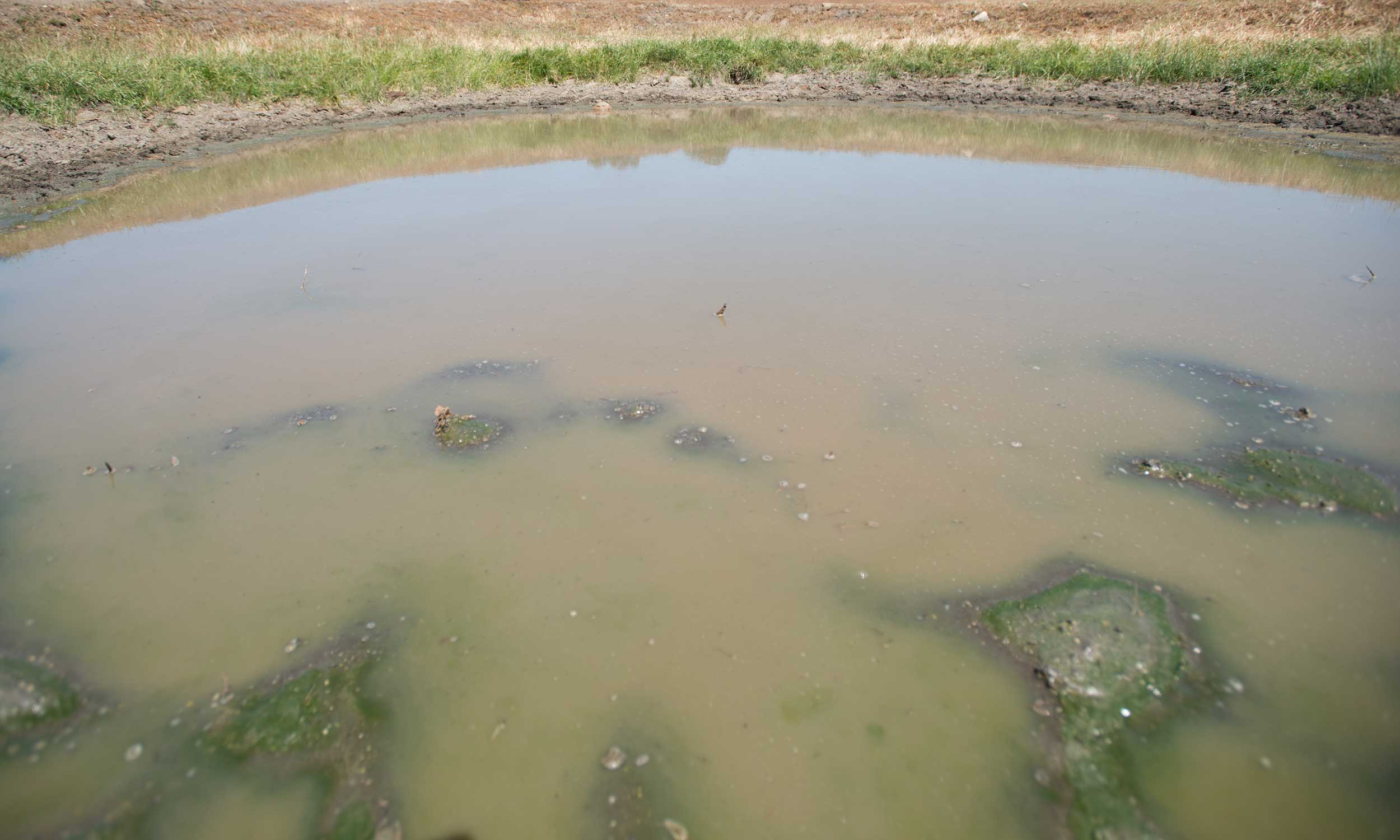
How Important Is Water Quality to Livestock?
Water is the most important nutrient to all livestock animals and is sometimes overlooked. Poor quality water can have a negative effect on growth, reproduction, and general productivity of the animal.
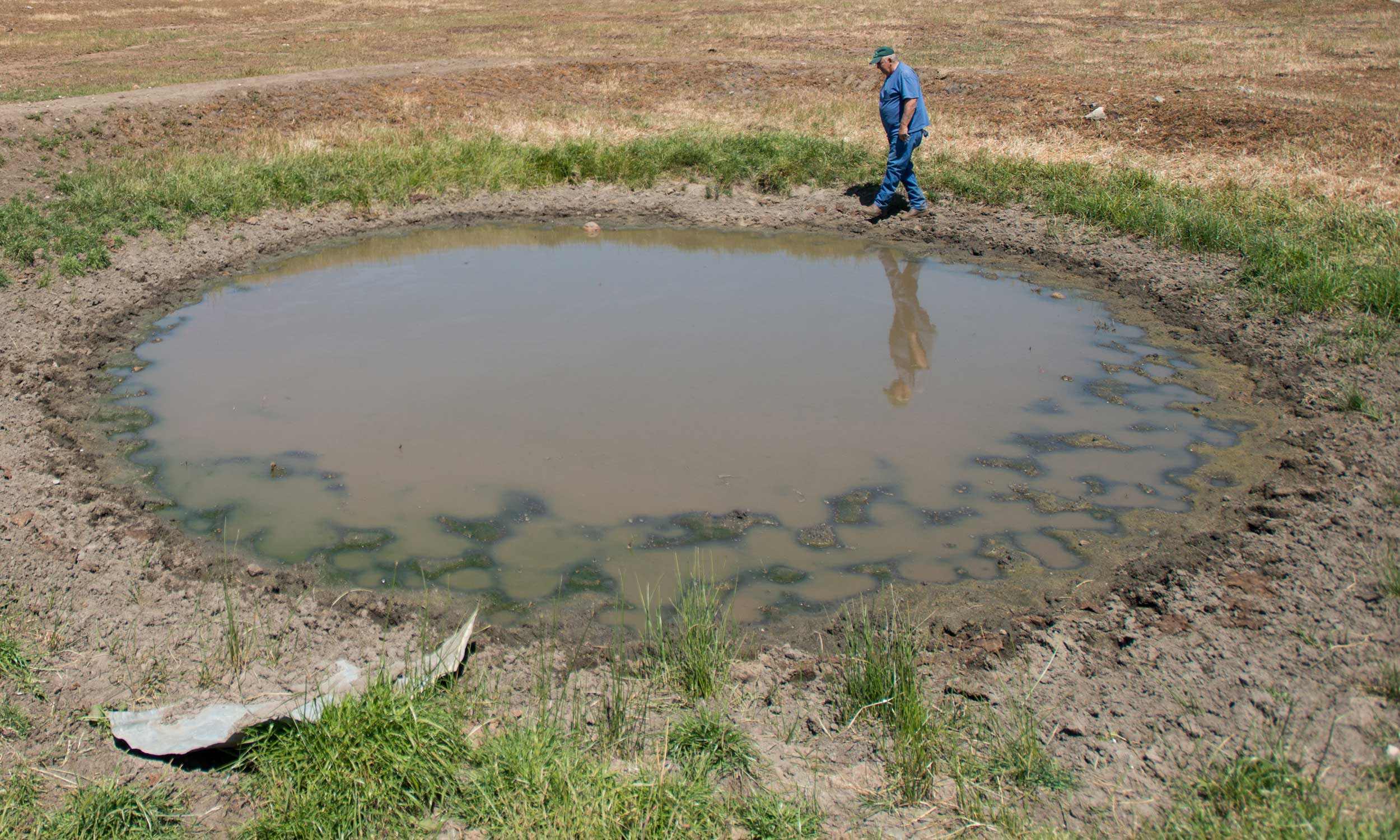
How Do Sulfates in Water Affect Livestock Health?
Poor-quality water will cause an animal to drink less. As a result, they also consume less forage and feed, which leads to weight loss, decreased milk production and lower fertility.

Precautions for Grazing Weevil-Infested Alfalfa
Alfalfa weevil populations are high this year, creating challenges for producers. Questions have arisen on how to get some value out of the forage by grazing it rather than putting it up for hay.

Best Management Practices for Wheat Production
The Wheat Best Management Practices manual offers a comprehensive guide for optimizing yields, maximizing profits and ensuring long-term sustainability in wheat production.

How Would Veterinary Diagnostic Labs Test for African Swine Fever?
What would African Swine Fever testing look like through the lens of our veterinary diagnostic laboratories? Interestingly, we know exactly what it looks like, because it’s already being done at sites such as the Animal Disease Research and Diagnostic Laboratory at South Dakota State University.
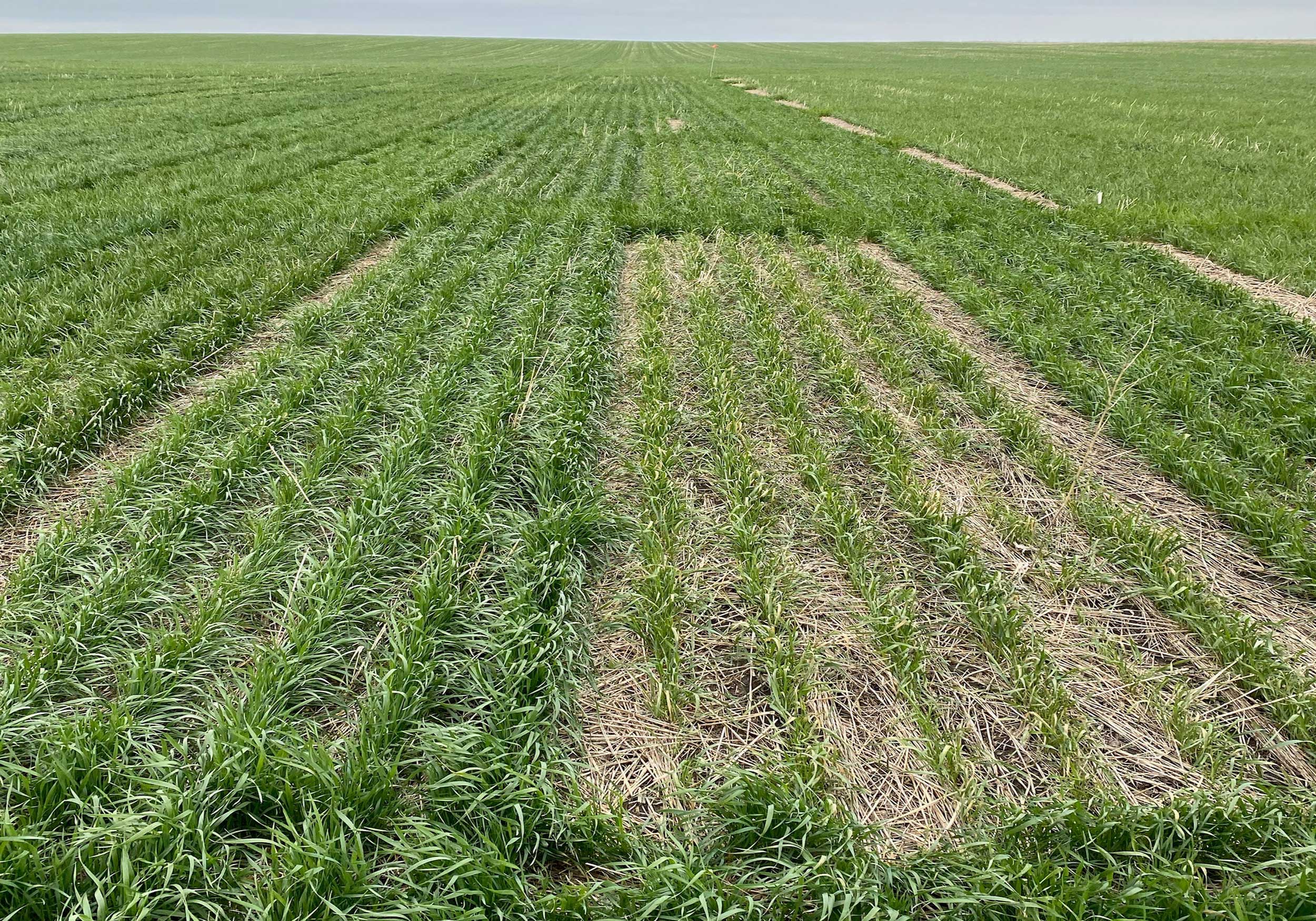
Low Temperature Effects on Winter Wheat
Low temperatures during the early morning hours of May 9–11, 2020 may have had detrimental effects on winter wheat in some areas of South Dakota. However, cooler spring temperatures that have slowed the winter wheat development this year may have actually been beneficial to S.D. producers, as later-maturing wheat is not as susceptible to injury from freezing temperatures.
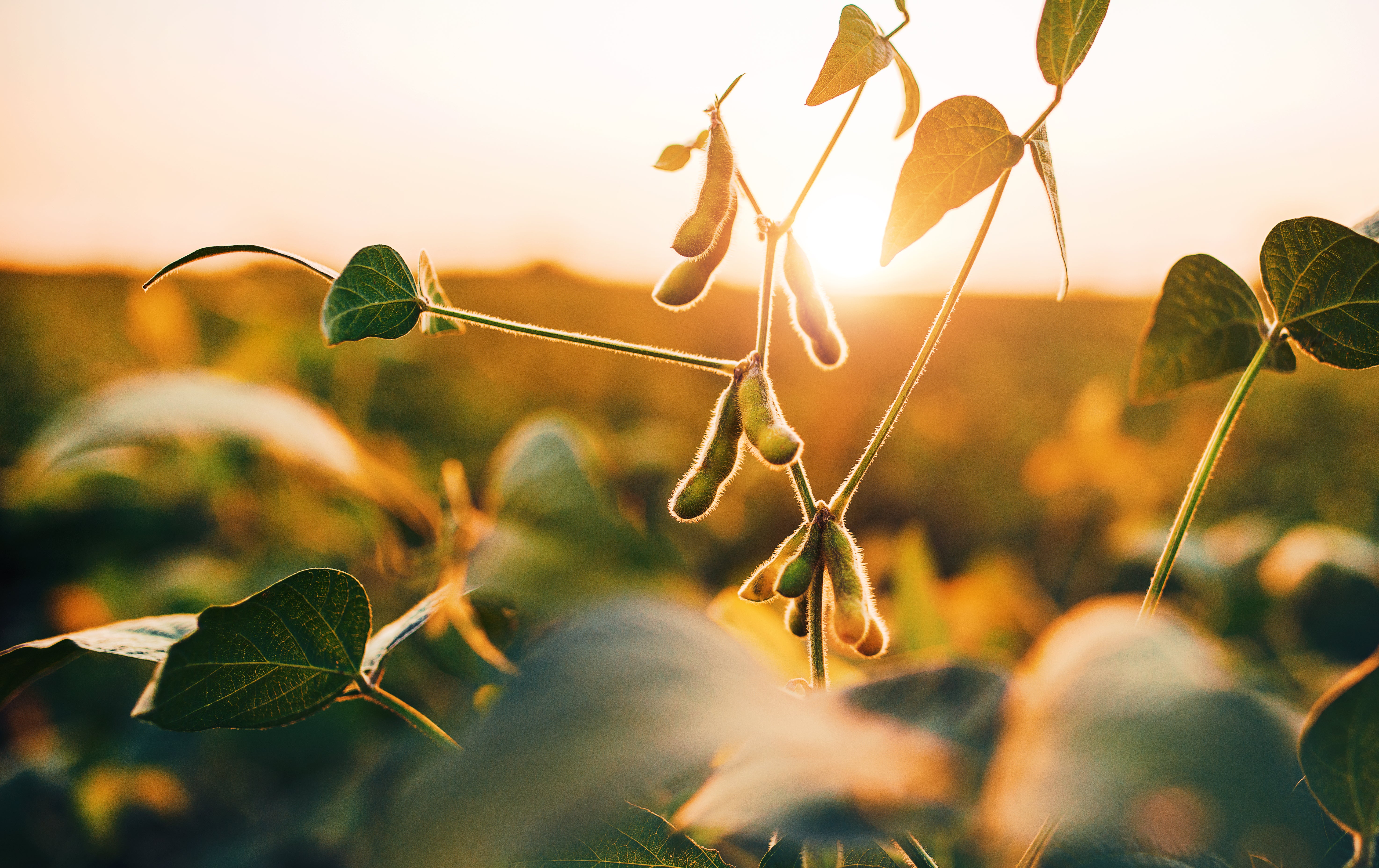
Best Management Practices for Soybean Production
This is your unbiased, research-based guide to soybean production to help increase yield, reduce input costs and protect your investment.
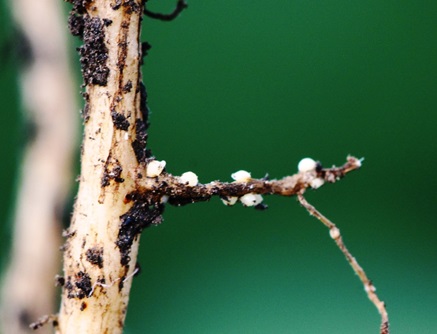
Soybean Cyst Nematode in South Dakota: History, Biology, and Management
Factsheet about Soybean Cyst Nematode history, biology and management in South Dakota
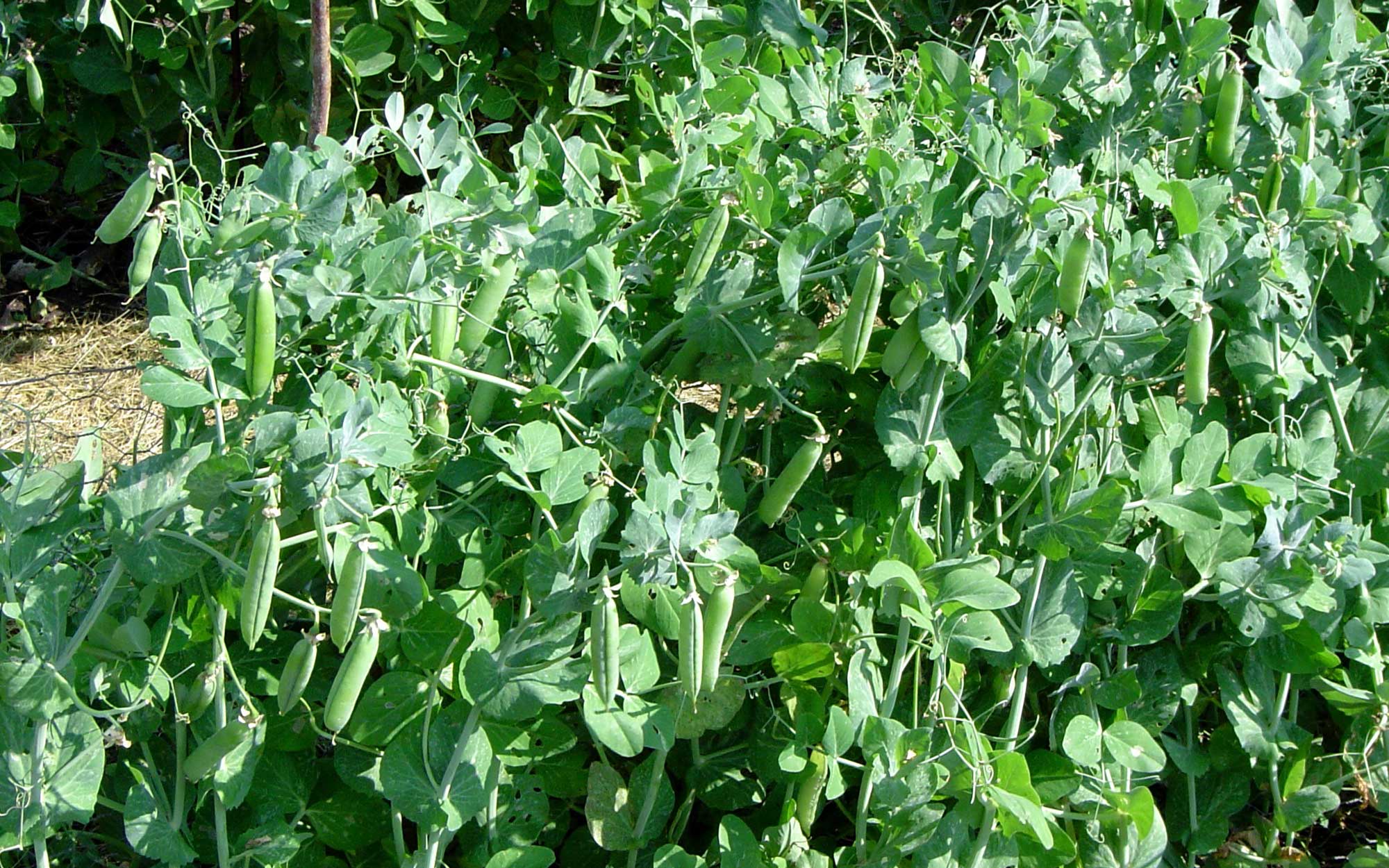
Peas: How to Grow It
The most common type of pea in American gardens is the shelling pea, also called the “garden pea” or “English pea.” Tender, sweet peas are removed from thin, tough pods before eating.

Green Beans: How to Grow It
Snap beans, also called “green beans” or “string beans” (although most modern varieties do not have strings) are harvested when the pods contain immature seeds, and the pods are still succulent.